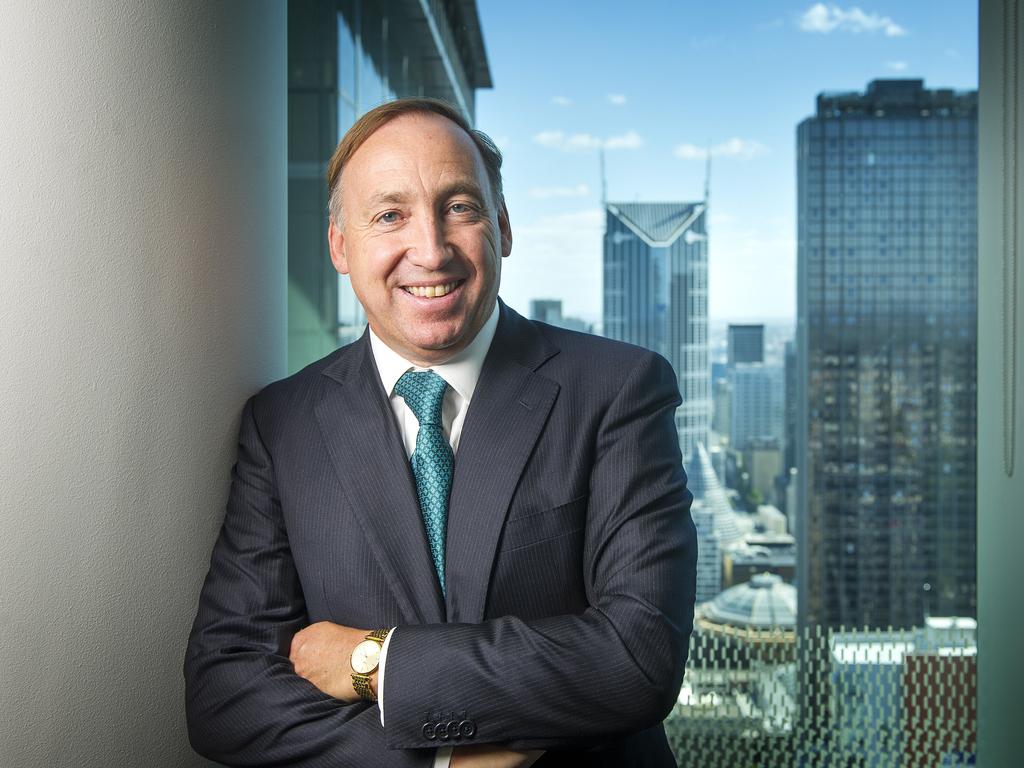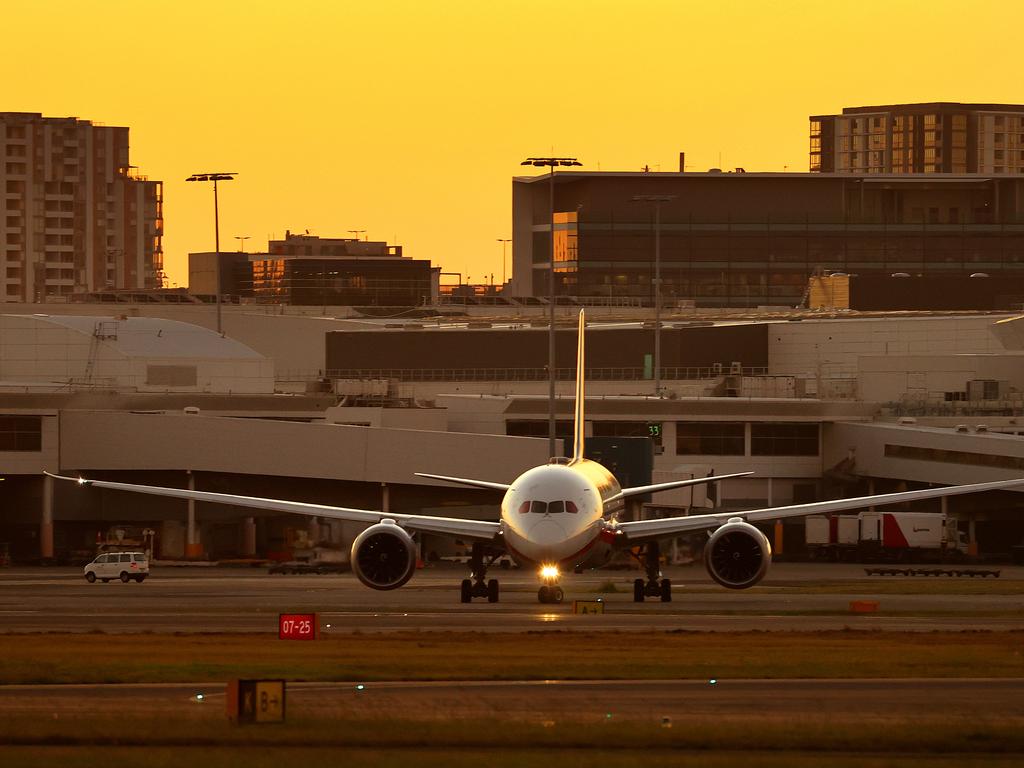
And the conclusion they have reached is very different to what is expected in most areas of the Australian population and business community.
If the superannuation funds are right then Australia will be an island with great prosperity.
I emphasise that I am not predicting the outcome of the bid but rather looking at its motivations. However it is not easy to block a takeover bid that adds around 40 per cent to the value of a company.
So let’s first look at what must happen in the nation to justify this bid for Sydney Airport and then examine some of the wider implications for superannuation funds..
Sydney Airport, along with most other airports, has been hit hard by the pandemic and if Australia was to fall into an anaemic recovery then the funds will be grossly overpaying for the infrastructure asset.
The superannuation funds are flush with cash but it’s one thing to have money and another to invest it wisely.
The funds are forecasting that when all those Australians who want to be vaccinated have been vaccinated, it will spark a substantial revival in both local and overseas airline travel.
While what we do with those who do not wish to be vaccinated will be the subject of controversy, the vast majority of Australians will use their vaccination certificate as a ticket to increase travel both locally and internationally.
And if Australians are travelling it means that overall economic activity will be strong; events will be back and there will be large numbers returning to sporting arenas. People will still catch the virus but for most it will have no or few symptoms. The funds believe that, like the rest if the world, Australians will accept that situation, particularly as the pro-vaccination mood developing in Australia means the rate will be high.

Treasurer Josh Frydenberg, in his intergenerational agenda, has made it very clear that the only way for Australia to overcome the large deficits we have run up is for there to be a substantial rise in migration, with emphasis on skills.
Where will they come from? The two most obvious places are India and Hong Kong.
Our US correspondent Adam Creighton painted a horrific picture of life in what was once one of the great US cities ---San Francisco. It’s a problem that exists in many parts of the US and I think we are going to see significant migration from the land of the stars and stripes.
With migration will come an increase in students and visits by parents. All of that means much higher airline traffic, along with increases in economic activity, led by buildings. Property values will continue to rise, depending on interest rates.
An important assumption the funds are making is that there will not be a substantial rise in interest rates which would reduce the value of infrastructure assets like Sydney Airport, although its revenue does have an inflation hedge.
As well as making important predictions about the economy and interest rates the big superannuation funds are predicting that Mascot will not be greatly wounded by Sydney’s second airport at Badgerys Creek. The Commonwealth government is building Badgerys Creek and will look to sell when it is completed.
Unless air travel from Sydney explodes there will be considerable competition between the two airports and the NSW government has a big stake in making sure Badgerys Creek works. For the two airports to prosper there must be a big rise in traffic.

The funds have investments in other Australian airports so they know that there is also a strong trend for international travel that originates from Melbourne, Brisbane and Adelaide to go direct from those cities rather than through Sydney. All those airports plus Perth have either been expanded or are in the process of expanding, so Australia is developing very large airport capacity which will only be economic if travel not only resumes its former path but increases the rate of expansion.
Another risk is that the superannuation funds may be forced to divest part of their holdings in airports like Melbourne and Brisbane if they own all of Sydney Airport. A key bidding vehicle that superannuation funds are using is the IFM group, where the main stakeholders are AustralianSuper, Cbus, Hesta and Hostplus. IFM has infrastructure investments around the world and could easily have invested in projects in other countries, although there is increasing pressure on the industry funds to invest most of their infrastructure money in Australia
The big industry superannuation funds have had a magnificent 2020-21 and not only is money flowing in the door via higher contributions, but this year’s performance is going to suck further money from other funds because the superannuation changes will alert Australians to the relative performance of the different funds, so creating a fund “vacuum cleaner”.
Accordingly, the big industry superannuation funds are going to receive a lot more money as Australians back their long-term strategy to invest in infrastructure---much of which will be unlisted so fund valuations will not swing as wildly with the market, which creates a long term danger that assets will remain in the books at high values when there is a market fall.
The fact that the funds clearly believe Australia has a strong future means the funds will be on the lookout for other local infrastructure investments.







The $22 billion industry superannuation fund thrust for Sydney Airport is no ordinary takeover bid. It tells us what the huge funds expect to happen in Australia in the next two or three years and beyond.